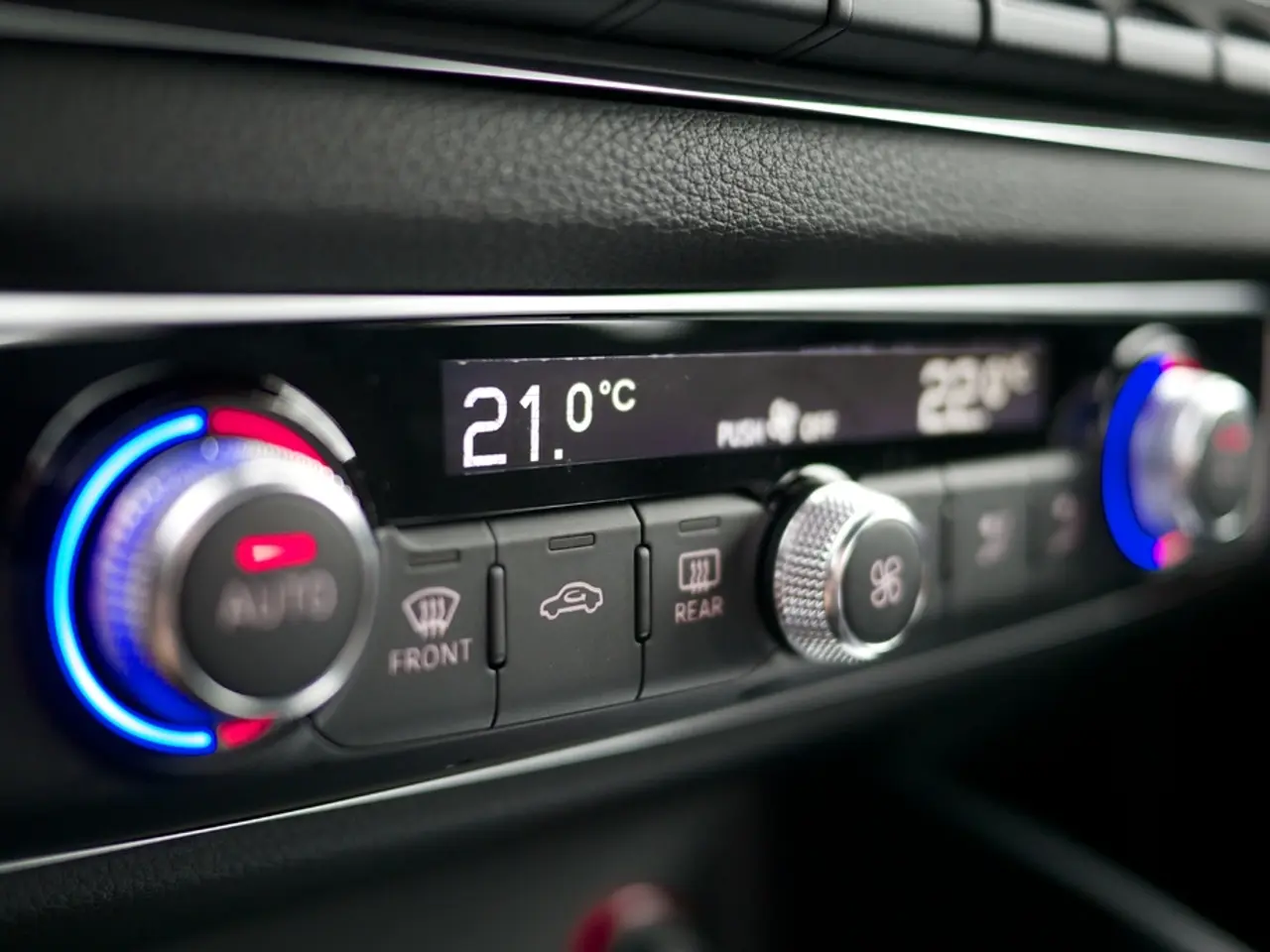Worldwide interest in small-scale nuclear reactors is growing. The question remains: will any of these projects come to fruition?
In the realm of nuclear energy, a significant shift is underway. The focus has turned towards Small Modular Reactors (SMRs), a more nimble alternative to large-scale reactors that are envisioned to deliver nuclear energy at lower costs and faster timescales.
Nuclear scientists have been exploring SMRs for over half a century, and the current global interest in this technology is experiencing a resurgence. This resurgence includes a focus on SMRs, a fact evident in the 74 designs currently being developed worldwide.
SMR designs encompass a wide range of sizes and temperatures, including light-water technology, gas-cooled reactors, and emerging nuclear fuels like high-assay low-enriched uranium. These reactors range in capacity from 1 megawatt to several hundred megawatts.
The nuclear energy industry's renewed interest in SMRs is reflected in the increasing number of designs involved in pre-licensing or licensing activities with nuclear safety regulators in 15 countries. Among these countries are the UK, USA, France, Russia, Estonia (via Fermi Energia), Sweden, Finland, Belgium, and others that are likely to join the list as they delve deeper into feasibility studies or agreements related to SMR deployment.
The expansion of nuclear energy, however, is not without its challenges. One such challenge is determining where to focus efforts first, including handling new types of nuclear-fuel waste streams from cutting-edge SMR designs and the mounting waste from conventional reactors.
The cost and complexity of traditional nuclear power plants have been a deterrent for many countries. However, the expansion of Plant Vogtle in Georgia, which took 15 years and cost $36.8 billion, serves as a stark reminder of the potential financial burden associated with large-scale nuclear projects. In contrast, the current flow of at least $15 billion in public and private financing into the SMR space suggests a more promising outlook for smaller, more affordable nuclear energy solutions.
SMRs offer versatility in their applications, extending beyond electricity generation. They can be used for various purposes such as powering merchant ships, off-grid mining operations, supplying baseload power for data centers, and producing high-temperature heat for manufacturing. This versatility makes SMRs a compelling proposition for countries seeking sustainable, reliable, and scalable energy solutions.
Despite the challenges and the limited number of countries currently leveraging nuclear power (31 in total), the resurgence in global interest in SMRs offers a glimmer of hope for a more nuclear-powered future. As the development and deployment of SMRs progress, we may witness a significant shift in the global energy landscape.








